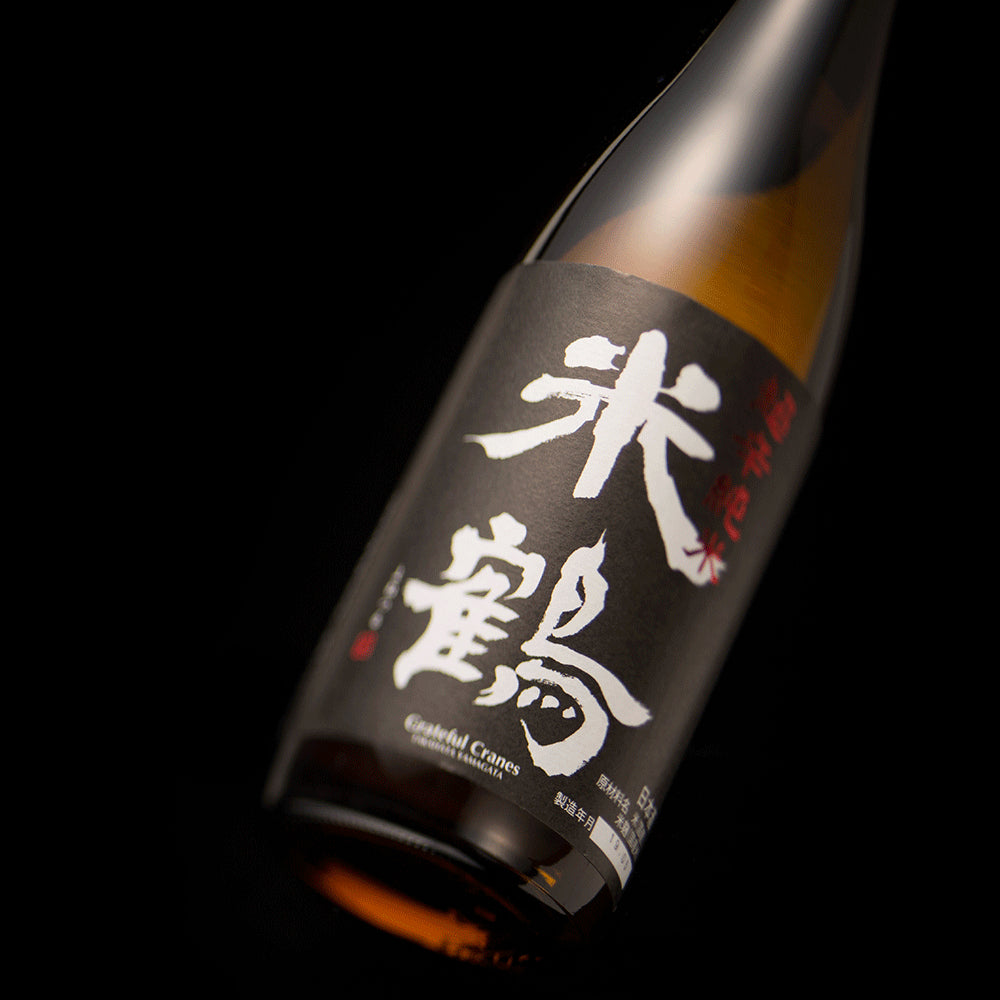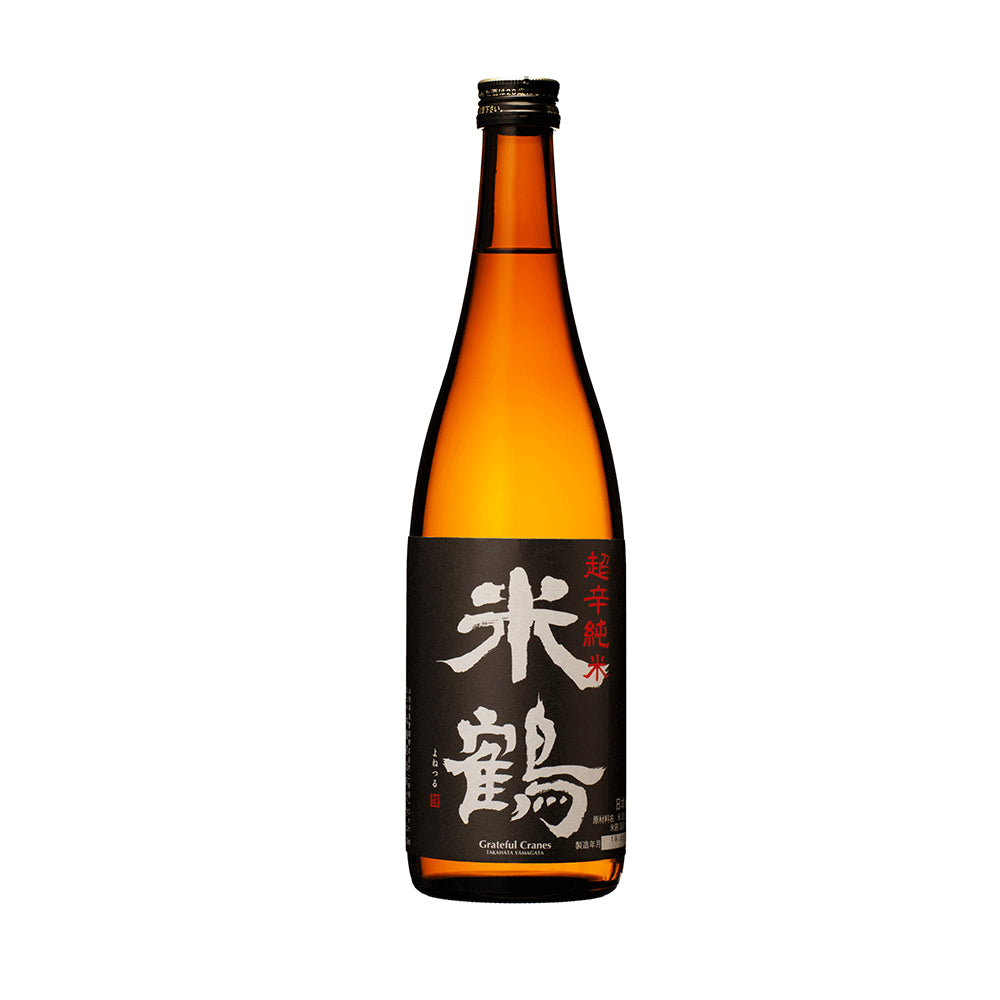-
 >
>
- Product list >
- Yonetsuru Extra dry Junmai (720ml)
Yonetsuru Extra dry Junmai (720ml)
詳しく見る
- *All prices shown are the product prices from the Japanpage:.
- *Product price can be shown in multiple currencies as reference values.
- *Payment should be made in Japanese yen.
- *After filling in delivery address, grand total (product price + shipping cost (packing + shipping + insurance) +tariffs & taxes) will be shown on the shipping cart page.
- *All prices shown are the product prices from the Japanpage:.
- *Product price can be shown in multiple currencies as reference values.
- *Payment should be made in Japanese yen.
- *After filling in delivery address, grand total (product price + shipping cost (packing + shipping + insurance) +tariffs & taxes) will be shown on the shipping cart page.
This saké fulfills the three major needs shared by regular lovers of Japanese saké: Junmai, Dry, and affordable prices. "Yonetsuru Extra dry Junmai" is a dry Junmai that is the pride of "Yonetsuru". Though it is said to be difficult to craft a dry saké without the use of added alcohol or sugar, this genuine dry Junmai is achieved by aging a pure "moromi" paste until it has a clear, drinkable umami that gives you a sense of having a "real Junmai." The saké, brewed and refined to 65% alcohol content from "Dewakirari" Yamagata brewer's rice, retains a full-bodied flavor despite its dryness, and carefully balances the umami flavor of rice with its sour notes. With its reserved emphasis on its well-balanced umami, the saké pairs well with a wide variety of dishes. In Takahata, the home of "Yonetsuru", which is also where Yonezawa beef is made, the saké is commonly served due to the way it excellently complements meat-based dishes.
Pairing food proposed from Vendor
Oden (Japanese dish in which various items are served in thin soy soup), fried chicken, roast beef, butter-fried shellfish, fried crab, mapo tofu, happosai (Japanese dish similar to chop suey), fried dumplings.
About "Yonetsuru"
The name "Yonetsuru" is derived from the bowing posture of ears of rice and the locally told tale "Crane's Return of a Favor." It incorporates a wish to create a sake that conveys a sense of gratitude and is imbued with sincerity. Under the concept of brewing that starts with rice-growing, this Japanese sake uses locally produced rice to offer a refreshing balance of scent, taste, and sharpness.
Recommended temperature
- Atsukan (50 - 55℃)
- Jokan (45 - 50℃)
- Nurukan (30 - 40℃)
- Room temperature (15 - 20℃)
- Hanabie (10℃)
- Yukibie (5℃)
Type


Tag
Appearance
-
Clarity
Transparency
Hazy
-
Colour
Colorless
Dark brown
-
Intensity
Water
Deep
Nose characteristics
-
Intensity
Low
Strong
Taste characteristics
-
Light / Body
Light
Body
-
Sweet / Dry
Sweet
Dry
-
Simple / Complexity
Simple
Complexity
-
Acidity
Low
High
-
Umami
Low
High
-
Finish
Low finish
Long finish
Aroma and flavor
Detailed information
| Volume | 720ml |
|---|---|
| Size (L W H) | 8.0 x 8.0 x 30.0 cm |
| Weight | 1.1kg |
| Ingredients | Rice, Rice koji, Water |
| Region | Yamagata |
| Alcohol content | 15%vol. |
|
Sake Meter Value
|
+8.5 |
|
Acid level
|
1.4 |
|
Polishing ratio
|
65% |









